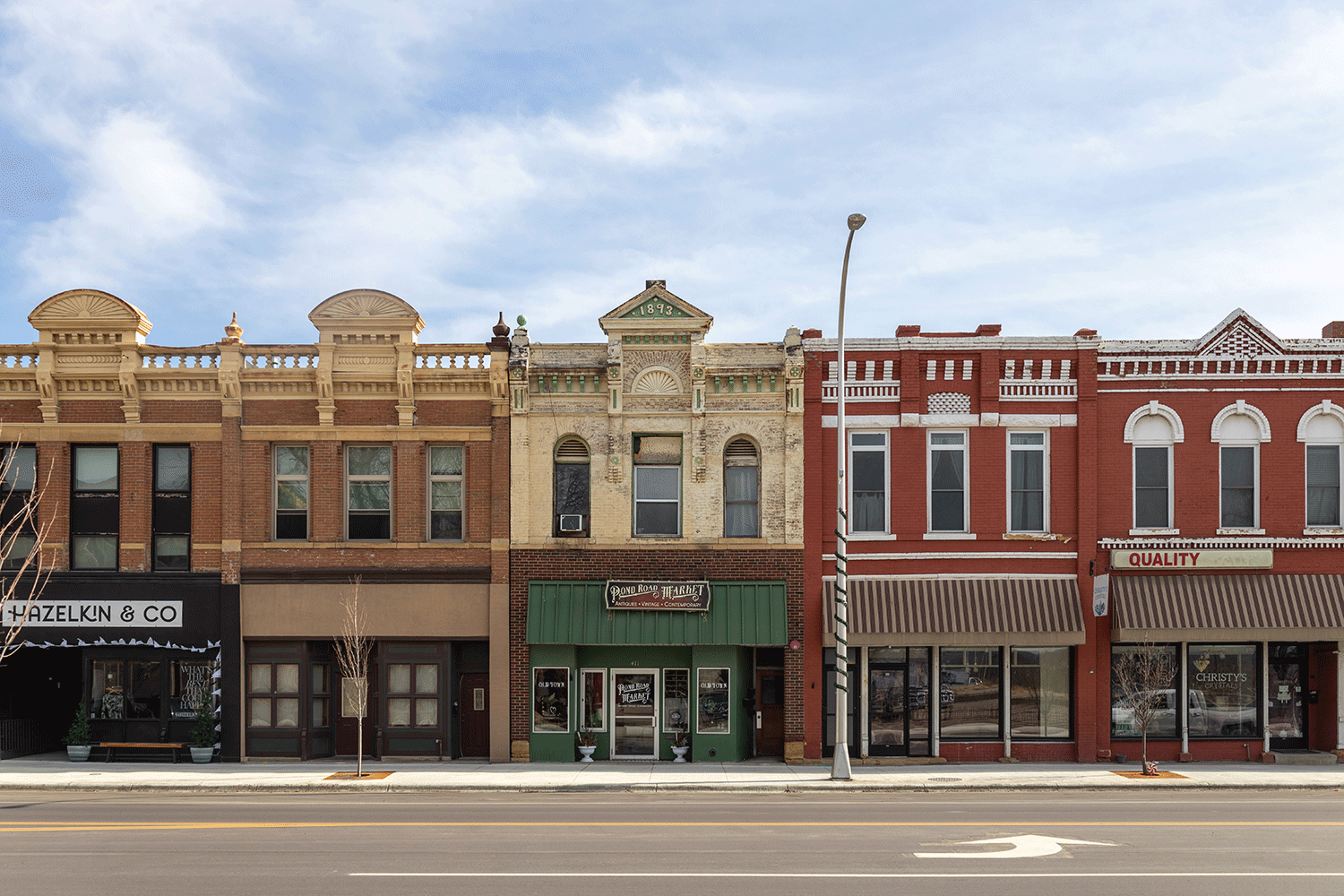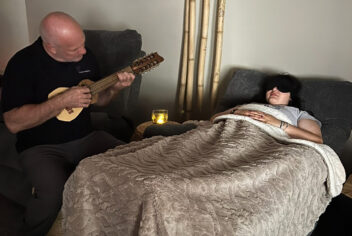Learning about the past is a great way to connect to your community and discover the people whose stories built the world we live in today — their successes, innovations, mistakes, hardships, and lessons.
Nonprofit historical societies are committed to preserving these stories for future generations — with collections, museums, community activities, living history events, and much more.
Like all nonprofits, these organizations count on their insurance provider for the coverage they need to operate and keep their programs available to their communities.
So, what do these nonprofits need most from their insurance?
Meet some nonprofit historical societies.
We talked with several nonprofit historical societies about their insurance, what coverages they need most, and why they trust NIA to provide it to them.
In their own words…
The Friends of California Archives (Sacramento, CA)
“The Friends focuses on promoting the Golden State’s history by encouraging the preservation of archival materials and supporting their use through publications, lectures, grants scholarships, exhibits, oral histories, and research.
Most of our services are currently educational, including publication of a children’s book about trailblazing women in California’s history who paved the way for equality in various realms of society.
Our website also displays information about other California historical institutions and their collections, snapshots in time of what happened here in decades and centuries past, and introducing significant figures who had an impact on what we are today.”
— Caren Daniels Lagomarsino, President, The Friends of California Archives
Estes Park Museum Friends & Foundation (Estes Park, CO)
“Estes Park Museum Friends & Foundation support the Estes Park Museum through fundraising and advocacy. Our fundraising program includes publishing local history books — and we have published more of these than any other history museum in Colorado.
We support education and information programs about Estes Park history, including a book club; we support the collection and research facility, with over 35,000 artifacts; we digitized the local newspaper from 1912 for researchers, authors, history students, and anyone interested in local history; and we also support staffing.”
— Christy Crosser, Board Secretary, Estes Park Museum Friends & Foundation
California Historical Radio Society (Alameda, CA)
“The California Historical Radio Society (CHRS) is a 501(c)(3) nonprofit educational organization founded in 1974 to promote the preservation, restoration, research, and publication of early radio, wireless communication, and broadcasting history.
We host summer camps in broadcasting and electronics, speaking events, and Radio Day by the Bay.”
— Rachel Lee, California Historical Radio Society
What did these nonprofit historical societies need most from their insurer?
Protection for risks around events and other liabilities.
“We needed insurance to primarily protect us from lawsuits or liabilities that might occur should we host an event or unintentionally misrepresent someone or something of value.”
— Caren Daniels Lagomarsino, The Friends of California Archives
Affordable Directors & Officers coverage.
“We needed Directors & Officers insurance that was mindful of the expense.”
— Christy Crosser, Estes Park Museum Friends & Foundation
A broad scope of coverages.
“We needed General Liability insurance as we host public events, offers tours, and run workshops — liability insurance to protect against claims of bodily injury or property damage occurring on-site was essential.
Since we own and operate a dedicated facility, we needed building insurance coverage for the structure itself against disasters like fire, storms, and vandalism.
Finally, we needed Directors & Officers (D&O) insurance to protect our board members.”
— Rachel Lee, California Historical Radio Society
How did these nonprofit historical societies hear about NIA?
A recommendation from the nonprofit community.
“We heard about NIA through a recommendation by an associate in another nonprofit.”
— Caren Daniels Lagomarsino, The Friends of California Archives
Nonprofit networking.
“We learned about NIA from the Estes Nonprofit Network, a local support organization for nonprofits.”
— Christy Crosser, Estes Park Museum Friends & Foundation
A partner from the start.
“We had an insurance broker recommend NIA, and we’ve used NIA as our insurance provider from the beginning.”
— Rachel Lee, California Historical Radio Society
Since becoming NIA members, how has that relationship helped these nonprofit historical societies?
Peace of mind.
“The peace of mind that we are covered is the most prominent to us at the moment.”
— Caren Daniels Lagomarsino, The Friends of California Archives
Communication and affordable coverages.
“We are grateful to NIA for working so hard on our behalf. I appreciate NIA keeping us informed about issues, and for NIA’s work to keep the premiums as reasonable as possible.
We are small and mostly considered a lower-risk nonprofit, so keeping our premiums reasonable is important. We do not have vehicles, do not serve children, and do not have staff. Thank you for keeping us informed about this industry.”
— Christy Crosser, Estes Park Museum Friends & Foundation
An insurer that’s easy to work with and understands nonprofits.
“NIA is easy to work with, and their specialization in nonprofits makes getting insurance so much easier as they have an understanding the nature of the work done by CHRS.”
— Rachel Lee, California Historical Radio Society
Nonprofit historical societies deserve insurance that’s got their back — now and into the future.
Why do nonprofit historical societies choose to get their insurance coverage from NIA?
It’s simple: They want to focus on their mission — not worry about their insurance. They need good, affordable coverage that they can be confident will be there for them when they need it.
With NIA insuring your nonprofit historical society, you can be confident that you’re getting quality coverage, at a fair and equitable price, from a team that understands nonprofits — and the unique risks that come with running them.





